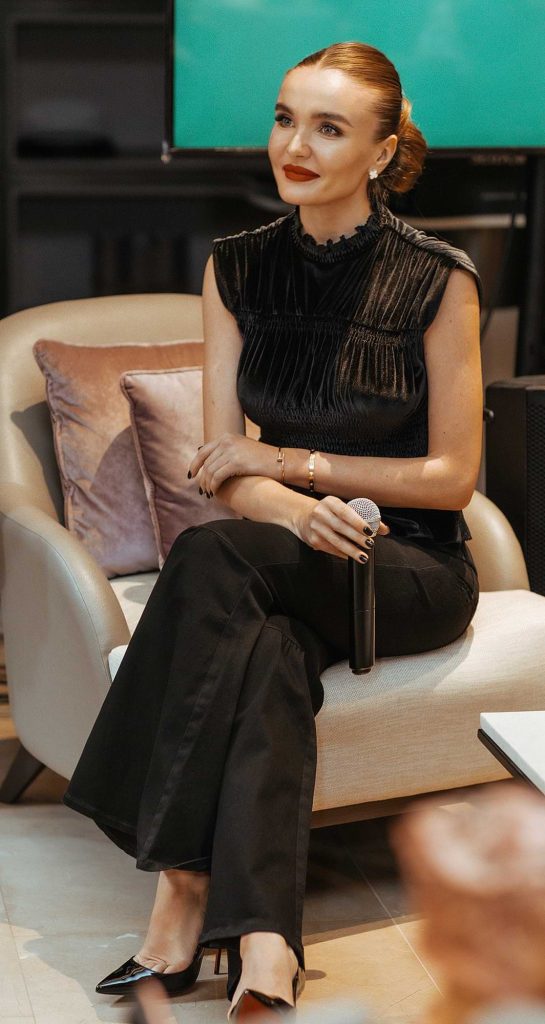Why Tier-1 Says “Yes”: News Value, Data, Founder POV
In crypto and Web3, Tier-1 media outlets such as Forbes, Nasdaq, Cointelegraph, Entrepreneur or mainstream finance publications do not say “yes” simply because a project asks. They look for real news value and a clear reason why their audience should care.
Three factors consistently open doors:
- News value and timing — funding rounds, product launches, regulatory milestones, or strong traction indicators.
- Data-driven insights — original statistics, research, or on-chain data that positions the project as a thought leader.
- Founder perspective — credible, quotable executives who can speak about industry shifts, not only their own product.
At Karpinska PR Group, we have seen editors decline “product PR” but welcome stories when a founder ties traction to a wider trend. That difference explains why some campaigns earn organic headlines — while others end up in paid placements or private blog networks.
Narrative Design: Problem, Timing, Traction, Vision
Tier-1 coverage does not begin with outreach. It begins with narrative design. A compelling story aligns four elements:
- Problem — What industry pain point does the project address? (e.g., fragmented liquidity in DeFi, lack of trust in centralized exchanges).
- Timing — Why is this relevant right now? Editors look for context: market cycles, regulation shifts, or new tech adoption curves.
- Traction — Proof that the project is more than an idea: users, investors, partnerships, measurable adoption.
- Vision — How the team connects today’s traction with a bigger picture.
Case example – TRLab
With TRLab, an NFT art platform that raised $6.2M, the campaign was not “we raised funds.” The angle was: NFT art is becoming a serious asset class, validated by Christie’s and institutional players. By aligning the product story with an industry movement, we secured coverage in Forbes, Cointelegraph, and TechCrunch — positioning TRLab as a pioneer, not just another startup.
Assets That Convert: Media Kit, Visuals, Spokespeople
Even the strongest story fails if assets are weak. Every Web3 PR campaign needs:
- Media kit — fact sheet, founder bios, project milestones, and ready-to-use visuals.
- High-quality visuals — product screenshots, infographics, explainer diagrams, or event photos.
- Spokespeople — trained executives available for interviews, with clear talking points.
Case example – ADACash
A viral DeFi project, ADACash earned 14+ placements in Forbes, Entrepreneur, Nasdaq, and FXStreet, reaching 1.3B+ impressions. The breakthrough came not only from traction but also from preparation: a professional media kit, transparent tokenomics, and founders briefed to speak in simple, relatable language.
When journalists feel they can trust the numbers and quote the team directly, they are far more likely to publish.
Outreach Map: From Longlist to Exclusives and Embargo
A structured outreach process turns story + assets into placements:
- Longlist creation — 60–100 relevant journalists and outlets (crypto, fintech, mainstream finance).
- Shortlist prioritization — 15–20 outlets where the story is most relevant.
- Exclusives or embargo — Offering one outlet priority access (exclusive) or giving several under embargo (coordinated release).
- Multi-wave pitching — Personal follow-ups, additional data, or angles for second-round outreach.
Case example – Aloki
Positioned as a sustainability-driven metaverse project, Aloki was not “just another virtual world.” Our outreach mapped environmental reporters at Forbes and Nasdaq, as well as crypto journalists at Cointelegraph. The coordinated embargo led to cross-vertical coverage — in both sustainability and Web3 media — reinforcing the brand’s positioning with investors.
This type of orchestration is what differentiates structured PR from random “cold pitches.”
KPIs & Pitfalls: Reading Results Beyond Vanity Metrics
In Web3 PR, success cannot be measured only in “number of articles.” True KPIs must include:
- Quality of outlets — Tier-1 and Tier-2 credibility outweighs dozens of low-tier mentions.
- Share of Voice (SOV) — How often a brand appears compared to competitors.
- Referral traffic & engagement — Real clicks and conversions, not only impressions.
- Investor/partner credibility — Whether coverage drives deal-flow and strategic partnerships.
Common pitfalls include:
- Paying for “guaranteed Tier-1” placements that are clearly marked as sponsored.
- Over-optimizing keywords while ignoring story value.
- Focusing on volume instead of authority.
At Karpinska PR Group, our benchmark is not just 2500+ Tier-1 publications or 170+ campaigns delivered. It is whether campaigns help clients secure funding, attract partnerships, and build long-term influence.

